Today I talk about a topic that was raised by Andy Bartlett, a member of my cohort on The Arcanum, regarding how we push through the mental barriers and doubt as we try to create beautiful photographs after making some earlier spectacular work. Although not all of our work will be as spectacular, I believe great opportunities help to elevate us to higher ground in our photography, as we explore in this episode.
Andy asked this question, which sparked today’s topic…
I watched a great documentary last night about Pink Floyd making the Wish You Were Here album. This album came out after Dark Side of the Moon which had been a huge critical success, and they suffered that situation that so besets music groups – “what if that last album was the best we’ll ever do?”, and “how do we make this next one even better?” Does the next picture we make have to be the “best ever”? I want to improve, but can this desire stop us producing anything?
This is a great question, and one that I thought about for a while before posting my reply, and it’s been playing on my mind a little since, so I’d like to relay an expanded version of my thoughts on this today.
Your Latest Work Should Always Be Your Best
It can certainly be difficult to beat your previous work, and it is not always possible or even necessary to do so on an image by image basis, but I want to explain what this means to a creative and what I feel is important to aim for as we progress and hopefully evolve into better photographers.
If you’ve listened to this Podcast for a while, you may have heard me say that I believe that our most recent work should be our best, and I still believe that. Of course, the images resulting from our efforts as we continue to create may not be as striking as those that we made during a trip to an amazing location or of a special subject. There are times of course when we visit an extraordinary location and the stars align and we come home with absolutely stunning photographs.
Sometimes the emotion of the shoot or the memory of all the effort or even money that we spent to enable ourselves to make those images is so strong that it makes us love the work even more than the actual merit that the images themselves hold, but if we truly created beautiful art, then time will not diminish our appreciation of them, and months and years into the future, we’ll still be able to look at these images and they’ll bring a smile to our face, or remind us of the cold wind in our face, or burning sand under our feet.
Learn From Your Prizes
Our old television broke a while back and we bought a new 55 inch 4K Sony Bravia TV, into which I can plug a USB memory stick with my photos on and look at them at literally native 8 megapixel resolution at 55 inches. My wife and I sat down and looked through album after album of photos from Antarctica, Namibia, Iceland and Hokkaido, as well as my City, Flowers and Flowerscape portfolios, and a number of times I mentioned just how lucky I am to have visited these locations and been able to come home with such beautiful photos. Some of these photos are around ten years old, and still make the hair stand up on the back of my head.
These are my treasures and my prizes, and I feel incredibly fortunate to have been able to make these images, and that’s why they ended up on the USB memory stick. They were given priority over the many other photographs that I’ve made over the years, mostly because of the beauty of the place and what I made of these locations. Just looking back at these images fills me with pride, but also reminds of times when it all comes together, and all the effort is paid off.
But, when I pick up my camera to make a photograph closer to home, or in my studio as I prepare for a magazine article etc. I don’t feel despondent because these images are not going to be as dynamic or amazing to look at as some of my work from more exotic locations, or even locations closer to home when it all just came together. Far from it, I actually approach all new work from what I consider to be higher ground, as a result of having made the more special images.
New Work from a New You
I believe that when we are fortunate enough to make breathtaking photographs, these elevate our creativity, and our work from that point comes from a different place. From a new you. The resulting work may not be as impressive as the work from the amazing locations, but they will almost undoubtedly be more refined, and if they aren’t, we learned nothing from the previous experiences. It’s important to note that the leveling up process is far from automatic.
You can’t just pay to visit a beautiful place and just expect your work to be elevated. You need to be prepared, and receptive. It is not based on happy accidents. If you tripped and fell, and pushed your camera shutter button resulting in the most spectacular photograph you’ve ever made, the chances are you are not going to improve, unless of course you figure out how to repeat the happy accident time and again, in which case you might be onto something.
The point is though, you have to be working in such a way that you can repeat that quality of work, regardless of whether you are in Antarctica or your own back yard. Conversely, if you are not ready for an amazing location, you might come away with images that don’t really do it justice, and you don’t feel entirely happy with. I remember spending a few years before I started to travel to Hokkaido for example, franticly trying to become a better photographer so that I wouldn’t waste the chances that I knew I’d be presented with once I started investing in traveling to that beautiful northern island of Japan.
Be Receptive to Advice
I wasn’t fully ready. I was still bracketing my shots until my now good friend Hiroshi Yokoyama, one of the two workshop leaders on my first winter trip there told me that only people that don’t understand exposure bracket their shots. He and the other leader Yoshiaki Kobayashi taught me how to expose for the snow and I led me on my first adventure into manual exposure, changing my photography completely and forever. If I’d gone on this trip too early, I would have been too scared to try, not ready for their advice.
I’m using my own experience of growing from the locations I’ve visited, but this will of course be different for you. You may not be a landscape or wildlife photographer. If street photography is your thing, you may need to change the mental images here to match your own experiences, but I’d hazard a guess that there will still be some pivotal experiences that have or will hunch you up to higher levels as you progress.
You might take a workshop in Paris or Rome with my friend Valerie Jardin, and it totally changes your photography. If I was a street photographer there’s nothing I’d rather do. Or you might be a sports photographer plugging away at your local school’s soccer match every weekend, getting bored with your results, but then get a chance to shoot from the sidelines of a professional game. It’s then that all the work you did shooting the school soccer matches is going to help you, nervous as you are, to make the most of your chance in that stadium. Whatever the situation, if you are ready, it will almost certainly change you.
These are our Dark Side of the Moon albums. These are the experiences that move us to the next level. Pink Floyd was an amazing band to make that album, but having made it, they were elevated to new ground, and with that comes expectations and pressure. They’d earned the right to be where they were, and it was up to them to continue on their creative path and on to even greater things.
We Are Our Experiences
I believe that we are the amalgamation of everything that we experience as we move through life. Everything that you do, becomes a part of you, and the same goes for photography. You cannot help but be affected by all of the photographs that you make. They become a part of you, as much as the character that you build as you go through life.
Some experiences are more character building than others. I’m sure I was changed more by the experience of finding that pesky brain tumor in my head three years ago, than I was by the act of eating a rice ball wrapped in seaweed for lunch today, and the same goes for our photographic high-points. The great shoots, great locations and amazing opportunities elevate us to a higher place, but it’s then our own responsibility to stay in that higher zone, and look for the next rung of the ladder.
It would be really easy to come back home with our treasures, and store them away in a lofty location and go back to our old ways, but that would be doing yourself an injustice. As you build on your experiences, shoot from that higher place, and from your new self, that is capable of more, your photography will improve, regardless of the subject matter. You should have a new sensitivity, and appreciation of what you see through the viewfinder. Don’t waste that. You now know that you can do better. And you can.
Stop Collecting Marbles
One other thing that I’ve come to realize, as I experience more and build my own photographic character, is that in my earlier days, I was desperate to build my collection of treasures. I had decided I was a photographer, but I needed my bag of marbles to prove that I was. This, I now know leads to mediocrity. You go out with your camera, and come back with a hand full of shots, some nice ones, and your main goal is to drop a few into your Best Shots folder, or upload them to your Web gallery.
I’ve always tried to be picky with what I show people, and have never been one for dumping my memory card on Flickr, but I know that there were times when I was adding images to my Web galleries, simply to prove that I was doing it, and to grow my collection. I felt that having a large selection of images online would somehow validate me as a photographer.
As the collection grew, I started to do pruning sessions, and go through my old galleries clipping off an image here and an image there, but I still held on to some of my older work because it was helping to pad out my collection, and also because I’d worked hard to upload it all, and add my titles and captions. Again, I was holding on to something because I’d worked hard to put it there.
In my case, I’d also referenced a lot of the images in my old gallery in this Podcast, and the way I developed the Podcast backend meant that I had to leave some images in to keep them available for people listening to the archives. I remedied that last year by getting help from a friend Michael Rammell to get almost 200 old episodes posted on my blog, along with the photos, removing the requirement to keep the old gallery online. You can’t imagine how good it felt to tear down that entire gallery with thousands of images that I no longer felt properly represented where I am now as a photographer.
Some of the images are still there in the blog posts, which is fine, they’re part of my history as a photographer and content creator, but as an artist, they no longer need to be in my portfolio, and that is what I created to replace my old galleries. My Portfolios that you can access through the menu bar are a much more refined selection of my images, and the only thing that will stop me updating these now is time. I can go in now and much more easily remove images that I don’t want to show any more, and add new work, or new portfolio galleries as necessary, and that’s been liberating.
Raise Your Own Bar
To get back to the point though—I reached a point a few years ago, where I had enough photographs that I was happy with, that I no longer felt the urge to continuously add new images unless they actually built on my portfolio. As selective as I’d been to that point, I was in a place now that I was able to become totally ruthless in my selection of new work.
Now, whenever I raise the camera to my eye, my entire photographic life to that point flashes before my eyes. I release the shutter, creating frames as I work and refine my ideas. That’s how I work. But as I work my subject, I know that the shots I’m making are not the ones that I will show people.
The way I work is almost like filling a bucket of water until it reaches a line marking my current level, and sometimes it’s hard. Sometimes the creative hosepipe is only trickling, and sometimes the water stops altogether, but I have to keep working until the water flows and the bucket fills or I know I will not get my shots.
There comes a point though, that I know that I’ve achieved what I was trying to achieve, and the required level has been reached and when it all goes really well, even surpassed. Sometimes it’s so hard that I am not sure until I get home and look on the computer and do my post processing, but I generally have a good idea when the quality I’m working towards has been achieved.
Sometimes of course, it’s still so hard that I can’t reach the level that I want to be. I tried as hard as I could, but I just couldn’t get there. I simply can’t reach the point where I’m truly happy with the results. In the past, that’s when I would have posted images anyway, because I needed to fill the marble bag, collecting my treasures, prove that I was doing it. I had to show something for the effort that I was putting in.
Now, I have enough treasures that when I simply can’t make it happen, nobody sees the results of my efforts, and I start trying to figure out what I need to do to improve. The important thing when this happens is to know that you need to improve, and figure out how to do that, rather than settling for what you were able to create.
I haven’t seen the Pink Floyd documentary that Andy mentioned in his question, but I am pretty sure that they made a few songs that didn’t make the Wish You Were Here album. There’s an old adage that you are only as good as your worst photograph. This is so true! If you are going through an amazing portfolio of images, really impressed with what you are seeing, and then presented with a really weak image, you are instantly deflated. That becomes the baseline from which you judge the photographer from that point on.
Edit with your Heart
I know it’s hard to keep these lesser works out, but you have to do it. After a trip or a shoot, I try to spend a good week or so mulling over my resulting images. My goal is always to show as few images as possible, not as many as possible. If I can quickly get my images down to 50 shots, I try to get them to forty. If I can get them down to thirty, I’ll keep going through them trying to reach twenty-five.
Once I get to a tight selection of images that I think I’m ready to show people, I use my heart to get rid of a few more. I grab a coffee, kick my feet up and watch the images flow by one by one in a Lightroom slideshow. I keep my Bluetooth keyboard on my lap as the slideshow progresses, and I feel my reaction to each image. I need to be excited as it appears on the screen, but sometimes, I get a slight sinking feeling as an image is displayed. Right there, I hit the number 1 key on my keyboard, and the image is demoted out of the set.
Be Content but Remain Ambitious
I guess the conclusion that I’ve kind of come to as I thought through this, is I believe that deep down, as I was posting images a few years ago, I sometimes knew that I could do better. I had to be truly happy with some of my work at that point, or I’d probably have sold all my gear and taken up knitting, but there were times that I knew deep down that it wasn’t up to the mark, but I also think that this is OK as an expected part of the evolution of the photographer. If you can use this information to shortcut some of your own progress, that’s great. For me, I think it was a necessary process.
As you walk your path as a photographer and have experiences and opportunities that enable you to level up your skills, the important thing I think is to not allow yourself to slip back down to your previous level. In your heart, you will know that you can now do better, and if you simply can’t, not matter how hard you try, you have to set about the task of figuring out what to do next, to stay on your higher ground.
You don’t have to do that alone of course, and for heaven’s sake don’t throw out your images if you didn’t quite make them as good as you’d hoped. Seek the advice of a trusted critic. My wife is my best, and our closeness gives her permission to be incredibly ruthless. I don’t agree with every call she makes, but generally, when I’m in doubt about an image enough to ask for her opinion, when she says it’s crap, I generally listen to her.
She’s not a photographer, so it’s not always easy for her to articulate exactly what she thinks is unnecessary or missing, but our conversations often fill me with new ideas to try the next time I’m stuck in a similar situation. In fact, we sometimes get so wrapped up in our own expectations that we overlook some of our other images with potential, only to find that we have what really works in our outtakes anyway, and my wife sometimes helps me to find them through her advice. The creative muse was doing their job in the field. It is sometimes our struggling inner creative that was getting in the way after that, and a fresh pair of eyes and impartial opinion can help us to get past that.
I definitely feel though that over the years, my experiences and achievements have helped to build Martin 2014 and will continue to level me up each year, and I know that this goes for you too. Stick with your art. Listen to your trusted critics, and listen when a little voice inside you whispers “You’re better than this now.” Work through the doubt and fear of failure, until you feel for sure that the work you are creating right now, is at least at your current standard, and when you get a chance to level up again, grab it and make it yours.
Evolution comes in bursts. It’s OK if you don’t improve with every shoot, but it’s not OK to devolve and resign yourself to being the previous, lesser you. Your work doesn’t have to be as dynamic and amazing as that from your best opportunities, but you will know inside if it meets your current level and expectations. If it’s not up to scratch, keep plugging away at it until you create something that you know in your heart is what it now needs to be.
It’s important to our growth and success to surround ourselves with people that help us to look inside ourselves and grow. I want to thank Andy Bartlett for getting me thinking about this stuff!
Photokina 2014
Before we finish today, I wanted to quickly let you know that I’ll be at Photokina 2014 in Germany starting next week. Well, actually, I personally won’t be there, but my friends at Gura Gear will be using some of my Iceland images splashed across their booth, and they’ve agreed to hand out postcards with one of the photos on one side, and on the other side there’s a special offer where you can win a one hour portfolio review session with me, and everyone that enters for this prize will get a special pack of five high-resolution desktop images for free. The Web page address that you need to visit to enter and claim your free gift and enter for the prize is on the postcard, so do stop by and say hello to my friends at Gura Gear, and grab a card or two for you and your friends.
Show Notes
The Arcanum: http://thearcanum.com/
Martin’s Portfolios: https://martinbaileyphotography.com/portfolios/
Music by Martin Bailey
Subscribe in iTunes for Enhanced Podcasts delivered automatically to your computer.
Download this Podcast in MP3 format (Audio Only).
Download this Podcast in Enhanced Podcast M4A format. This requires Apple iTunes or Quicktime to view/listen.


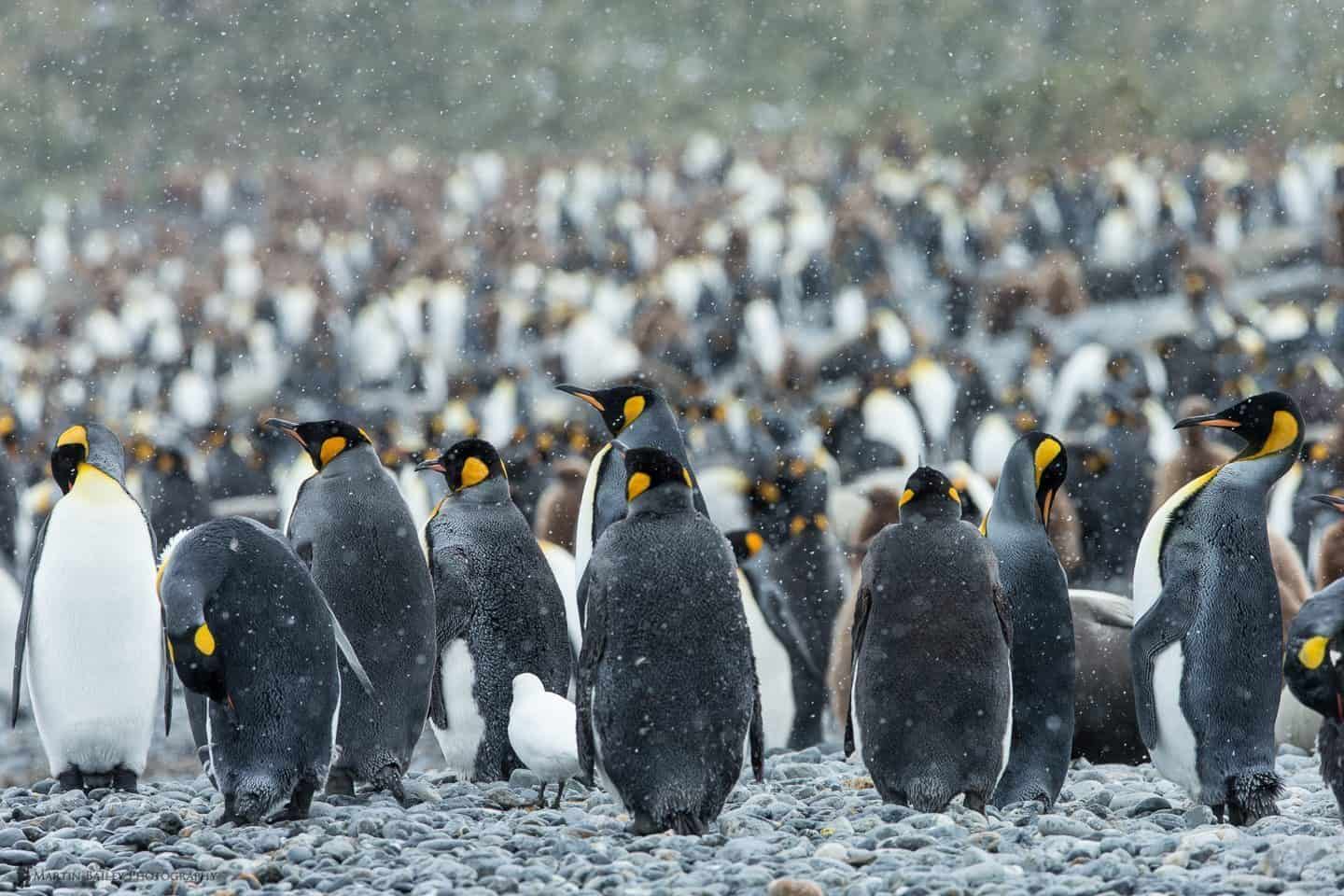
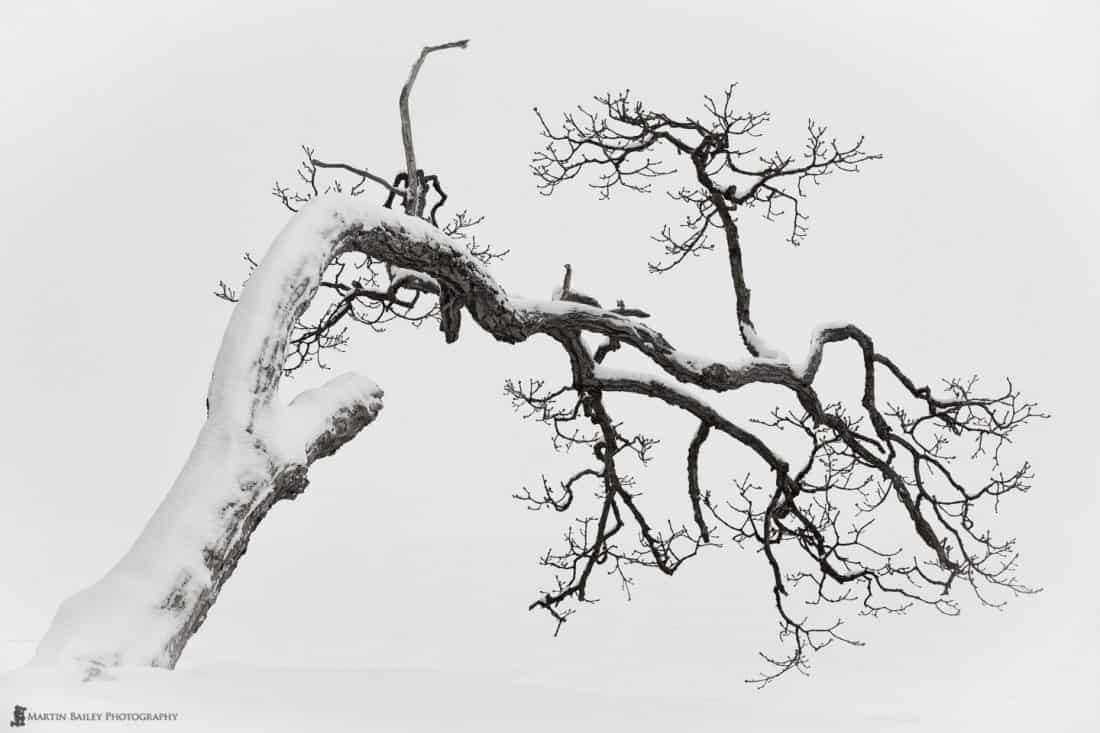
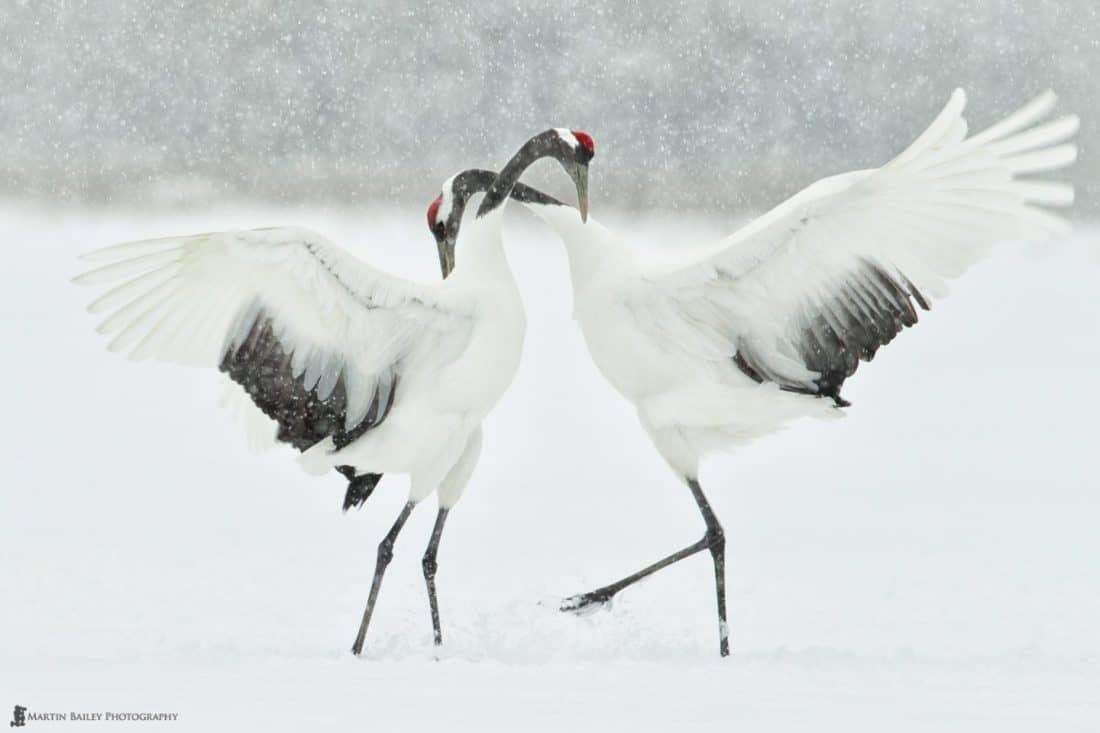
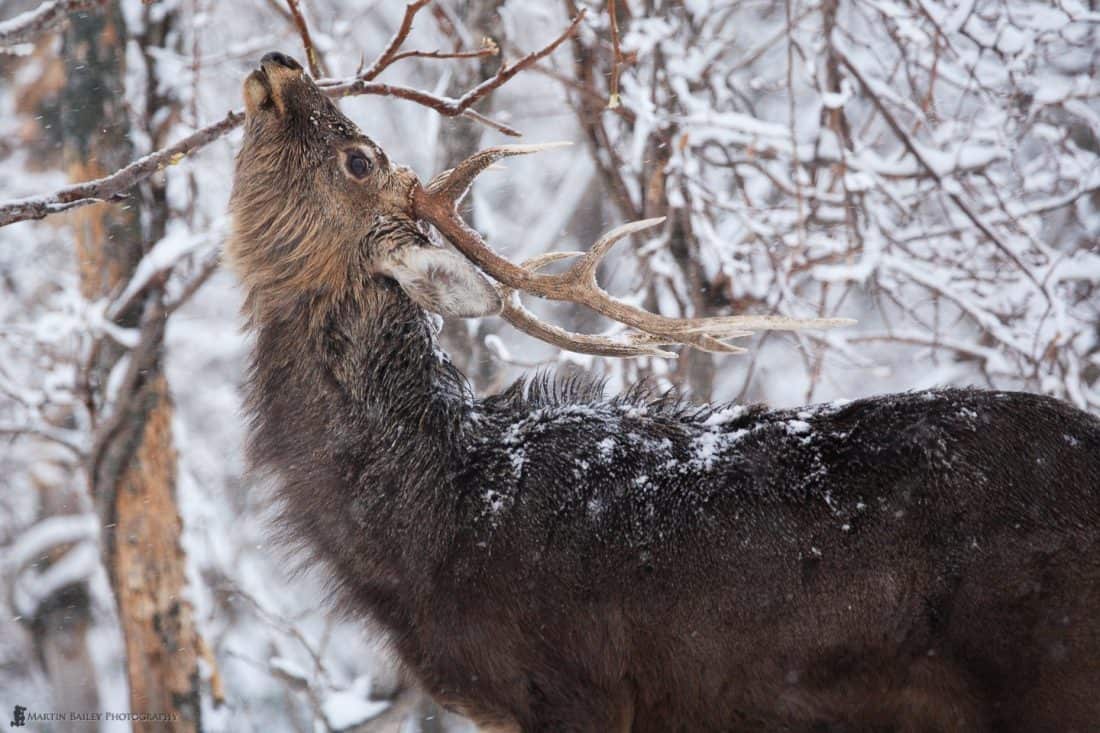
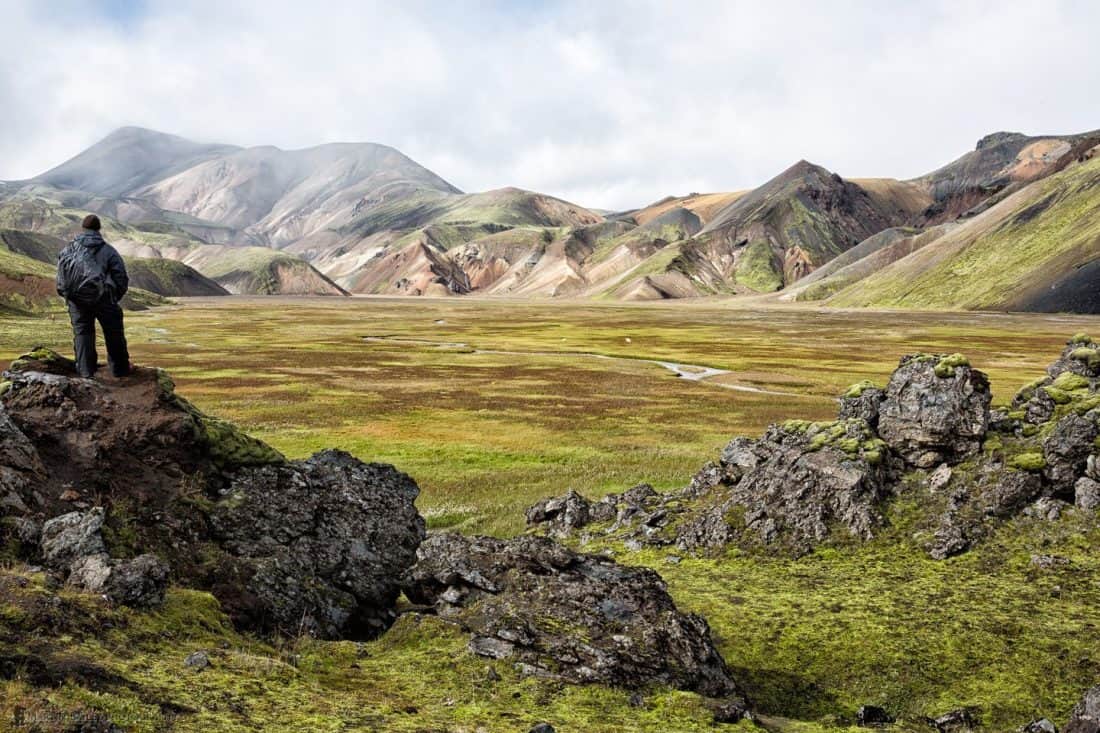
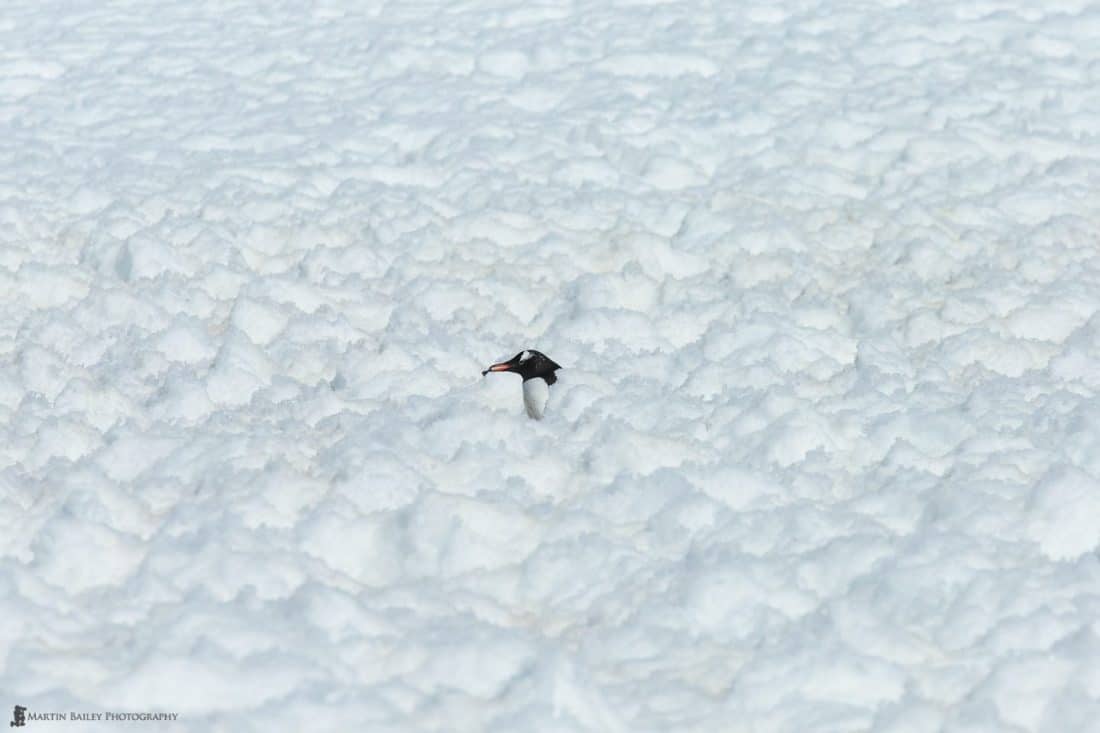
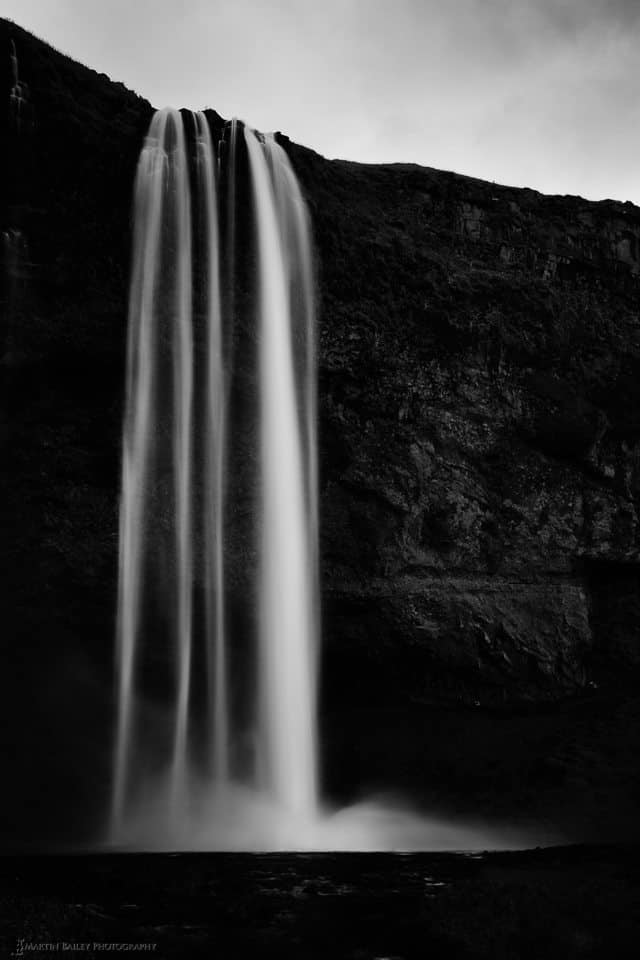
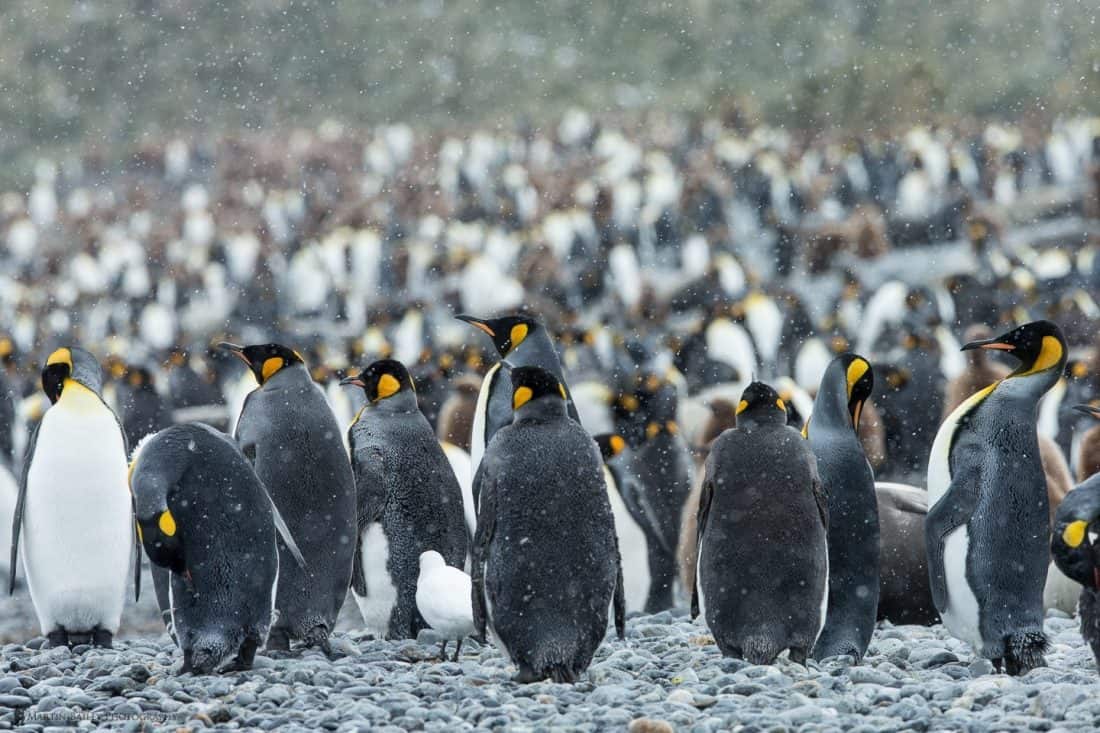
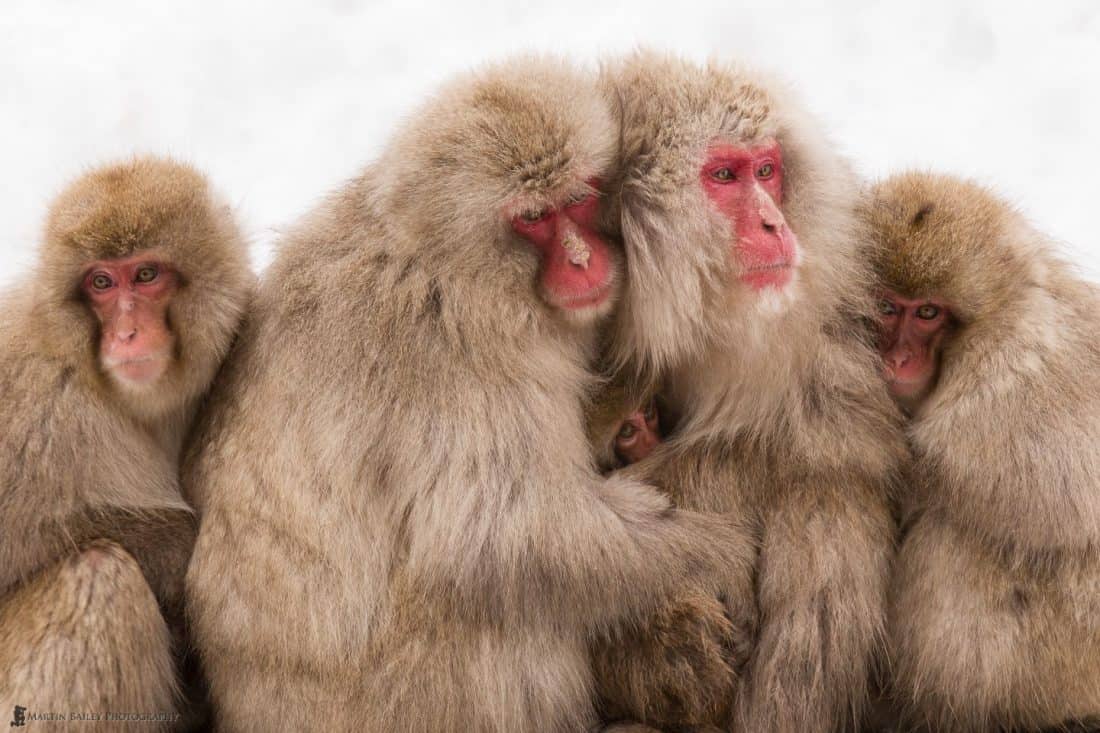

Always the voice of reason. So true and so well thought out and expressed.
Really fits into where I am now and my line of thinking, so excellent timing for me and I thank you for your wisdom. (Man, that sounds corny!)
Thanks Steve!
Martin,
Thank you for the terrific advice regarding on-line images. I plan on doing major surgery or a complete rebuild of mine very soon.
I recently took a class at the Maine Media Workshops that was based around the premise that, at some level, every photograph we make is a self-portrait.
As you so well pointed out, our backgrounds lead us to how we see whatever our subject is.
Mark
You’re very welcome Mark. Thanks for taking the time to comment.
That’s a great way to look at this. I’m pleased that others are thinking about this stuff too. I actually tried to do a bit of research about this as I prepared for this Podcast, and couldn’t find anyone talking about this subject. Thanks for letting me know.
All the best!
Martin.
Another great episode of the Podcast. Nice one Martin. These sort of topics are always up my street!
Thanks Michael! I’m pleased you enjoyed this one.